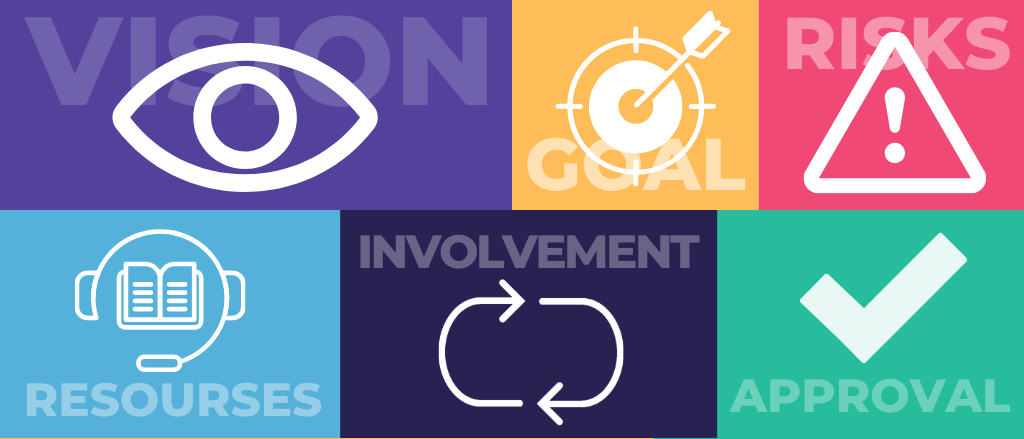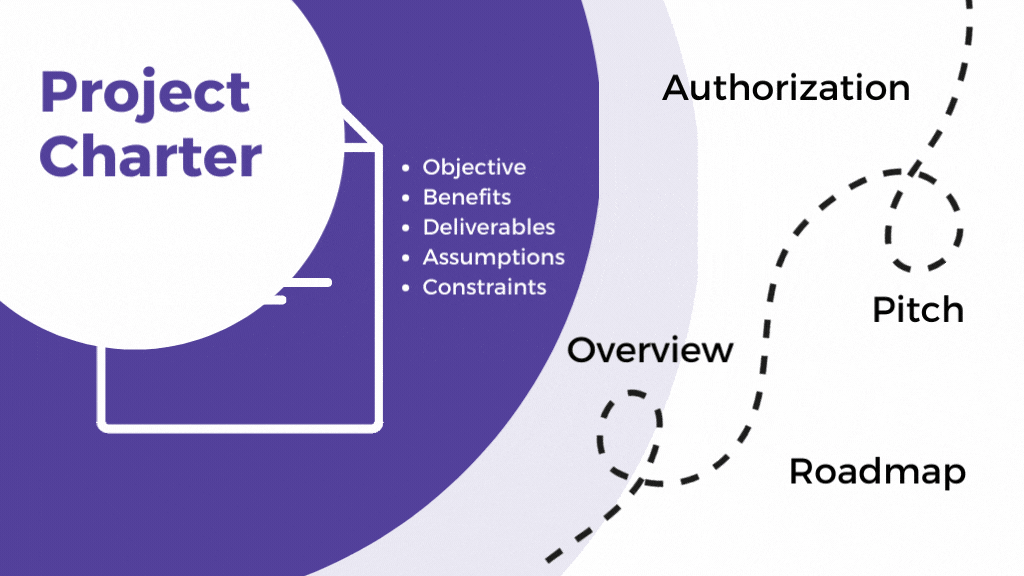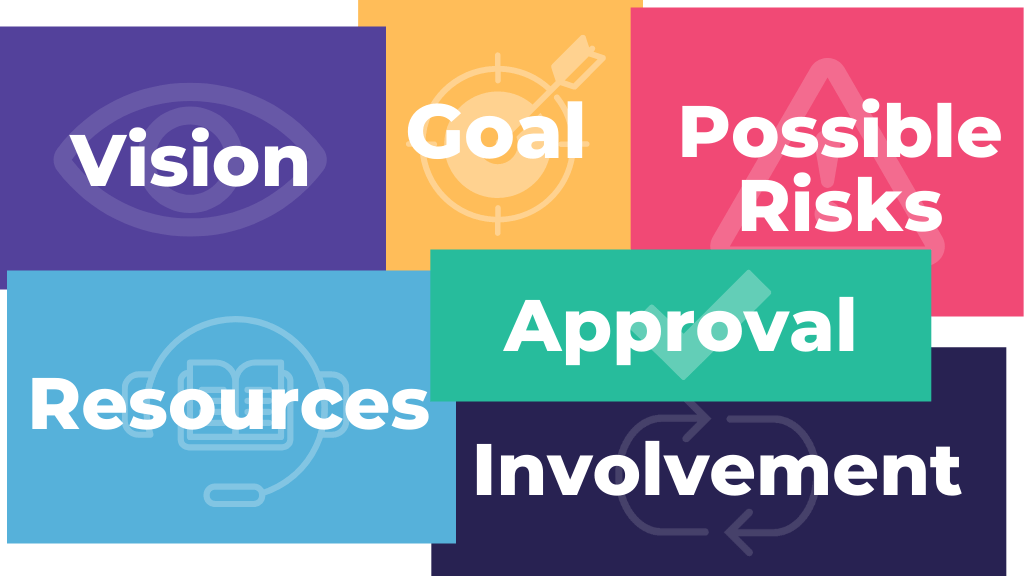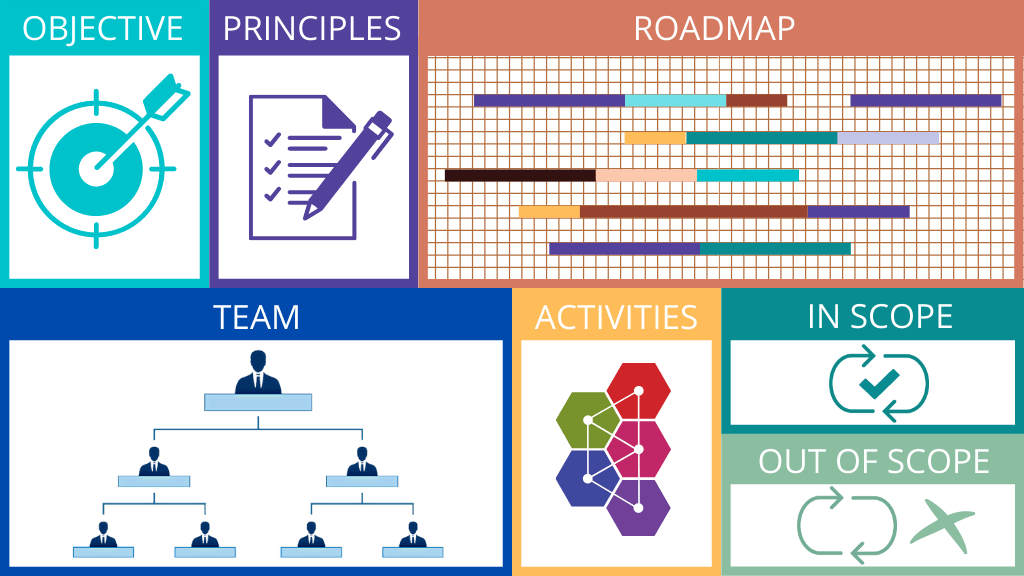
Project Charter:
How to Organize and Implement
Think of it as a pitch to an organization or a fundraiser; you would need to emphasize the purpose and the details of the project to get it accepted and funded.
The Main Points in a Project Charter
- Purpose of the project, which clarifies why the project exists and what are the plans to achieve the end goal.
- Essence of the project, which introduces all the participants of the project, their roles and responsibilities.
- Agreement on the project, which serves as a contract between everyone involved to ensure that each member understands and acknowledges their duty.
Project Charter Benefits
The Project Charter is the starting point of your project. While there are many documents that will need to be prepared for the whole course of the project, Project Charter is the one where you put your ideas in an organized and structured format.
The Project Charter is useful, firstly because it serves as the authorization document. As mentioned previously, this document serves as a pitch to interested stakeholders; you need it to “sell” your project.
Secondly, it presents an overview as a primary sales document. When approached with similar projects, stakeholders already know where to direct their resources.
Finally, Project Charter is a useful roadmap for you as well, which you can use for the entire project process, to review its objective, benefits, deliverables, assumptions, and constraints.
Project Charter Elements
- Vision
What is the purpose of the project? Why is it important? A short description including the mission and scope of the project can present as a good introduction section of the document. - Goal
A statement of the project goal will lead to the concise estimate of success or failure criteria. - Involvement
Projects don’t run themselves without organized people. This section includes the involvement of the desired team, stakeholders, customers, along with their roles and responsibilities. - Resources
Let’s talk numbers. The resources section covers the necessary and available funds, team members, and time period. - Timeline
Outline possible deadlines and duration for project tasks and milestones, and identify project achievements through the timeline. - Possible Risks
There are no projects without risks. The important part is to identify the issues you anticipate happening throughout the course of the project. - Approval
Acceptance of the agreement by all the parties involved, such as the customers, stakeholders and the working team.
Project Charter Template
Templates are the document formats including the elements mentioned above, which can be created or downloaded.
While there are many templates that, generally, follow the same format, the best option is to obtain a visual template, which will display the entire project charter on one page, instead of following several pages. Not only will it give you a quick access and understanding of all details, but it will also be visually pleasing and organized.
Amanda Athuraliya, (2021), presents several creative, visual options of Project Charter Templates, which can be downloaded and customized to your own preference to identify every key element within your project.
Project Charter Example
Congratulations!
You are already familiar with the Project Charter, its elements and template. But you may still have difficulties envisioning it in real-life circumstances. Let’s break it down once again through a simplified example:
Sample
Company “X” Project Charter
Vision: To introduce Project Charter to a beginner in project management.
Goal: The purpose of the project is to educate a basic project management practice. Our end-goal would be an example of a knowledgeable individual in project management, who will carry on the new skills upon the end of the project.
Involvement: K. (Project Manager), B. (Project Coordinator), L. (SMM Specialist), etc.
Resources: The estimated budget is $_ . Currently, the available amount is $_.
Timeline: The project timeline is from September [date] to September [date]
Possible Risks: Technical issues
Approval: By the stakeholders, team, and customers
What Project Charter is Not!
While Project Charter itself is easy to comprehend, every beginner in project management might easily mistake Project Charter with similar terms, such as the Project Plan or Project Scope.
Project Charter vs. Project Plan
The Project Charter is a short document focusing on introduction, high-level scope and responsibilities. It is created to outline the purpose and overall structure the project requires, while the Project Plan is a more detailed representation of all the action items necessary to implement a project.
You can consider a Project Plan as document that follows the Project Charter, in a step-by-step way within the Project Charter elements to achieve the desired goal.
Project Charter vs. Project Scope
Similarly, Project Scope refers more towards the project goal, resources and deliverables that are key elements in realizing the project charter. It requires a clear understanding of the final result and the involvement of stakeholders who may or may not request additional features in the scope throughout the project process. Keeping this in mind, the scope of the project is an essential part of the project charter and an important element to consider and follow until the end of the project.
According to Brown, A. S. (2005), an inexperienced project manager can often misunderstand the concept of Project Charter, but its practice is crucial in project management, so it is necessary to learn and be knowledgeable about all the key points to improve the practice and make sure that everything is going as planned. When it comes to starting a project, you may not have all the answers. But you should still write the Project Charter with the limited information you’ve got. Keep in mind that the Project Charter is not the only document of your project, but it will be the first insight of your project and a base you can always refer to through the project lifecycle.




